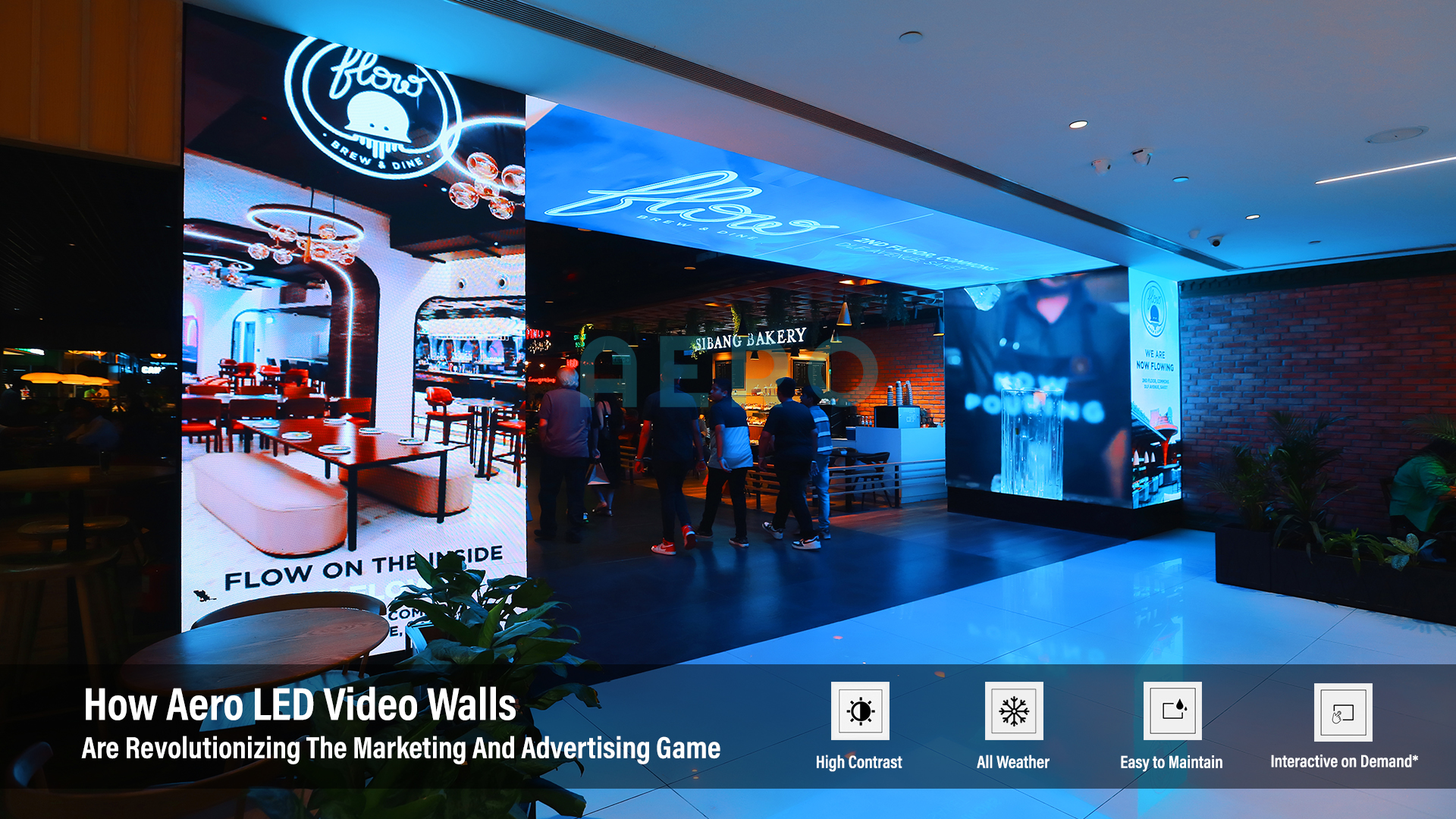Examining the Diverse Integration Options Offered for Light Emitting Diode Wall Modules
Examining the Diverse Integration Options Offered for Light Emitting Diode Wall Modules
Blog Article
LED wall units have secured popularity for their capacity to deliver crisp visuals in various settings, from professional environments to entertainment venues. One of the primary aspects of these systems is their connectivity capabilities, which allow users to connect them to multiple devices and systems. Comprehending the diverse connectivity options available for Light Emitting Diode wall panels is essential for maximizing their use and effectiveness. This article explores these features, showcasing how they can adapt to various needs and preferences.
One frequent connection method for LED wall panels is High-Definition Multimedia Interface. HDMI is broadly known for transmitting crisp video and audio streams between devices. This interface type is especially useful in business settings, such as meeting spaces or classrooms, where presentations or video content are often displayed. By using HDMI cables, users can seamlessly link laptops, projectors, and streaming devices to Light Emitting Diode wall panels, ensuring a clear and dynamic presentation of media.
Another popular connectivity method is DisplayPort, which is similar to High-Definition Multimedia Interface but offers additional advantages. Display Port can support elevated refresh rates and resolutions, making it an excellent choice for interactive media or design-heavy applications. For those using LED wall panels in settings where output quality is critical, such as esports arenas or creative workspaces, Display Port can provide the necessary visual quality. Moreover, many contemporary computers and graphics cards include Display Port connections, making it a convenient option for technology-oriented professionals.
In contrast to HDMI and DisplayPort, cordless transmission options are becoming increasingly prevalent in Light Emitting Diode wall panel solutions. Wireless connections allow users to share content without the requirement for physical cables, promoting a cleaner and more flexible configuration. Platforms such as wireless internet and Bluetooth enable users to connect smartphones, tablets, and laptops seamlessly to Luminescent Diode wall panels without tangled wires. This convenience is particularly beneficial in dynamic environments like exhibitions or live functions, where rapid adjustments to displays are often needed.
For larger installations or more complex configurations, LAN integration through wired networking is another viable option. Ethernet links provide a consistent and robust way to integrate multiple LED wall panels within a network. This setup is ideal for digital signage applications found in shopping malls or airports, where multiple panels may need to present coordinated content across a broad area. By using network cabling and network switches, users can ensure that all connected go to the website panels receive consistent updates and content efficiently.
Finally, it's crucial to evaluate the evolution of interface technology with technologies such as USB-C and Thunderbolt 3. These newer connection types offer increased data transfer speeds and versatility by allowing one cable to handle both energy transfer and data exchange. As more systems incorporate these protocols, Light Emitting Diode wall panels equipped with Type-C ports will likely become more common. This shift in connectivity not More Help only improves the capabilities of Luminescent Diode wall panels but also coincides with the emerging trend of minimalistic design in technology setups by reducing the number of cables needed.
In conclusion, exploring the diverse connectivity options accessible for LED wall panels uncovers many opportunities for operators across multiple fields. From traditional methods like High-Definition Multimedia Interface and Display Port to modern wireless solutions and network connections, each option serves unique purposes tailored to specific needs. Additionally, emerging technologies like USB-C promise further advancements in how users utilize Luminescent Diode wall panels. By grasping these integration alternatives, end-users can make strategic selections that enhance their overall experience with these versatile display tools.